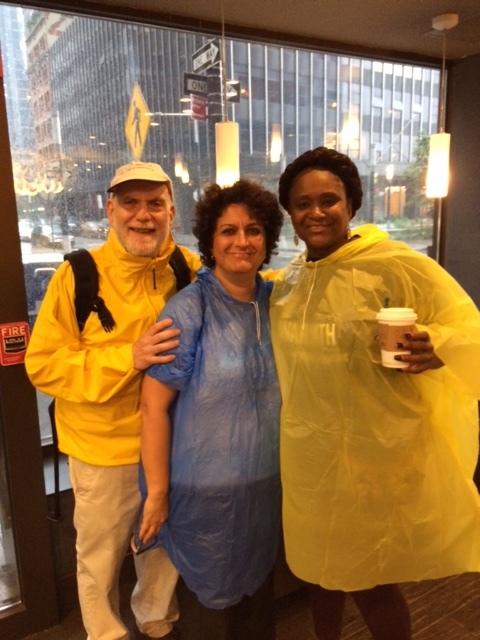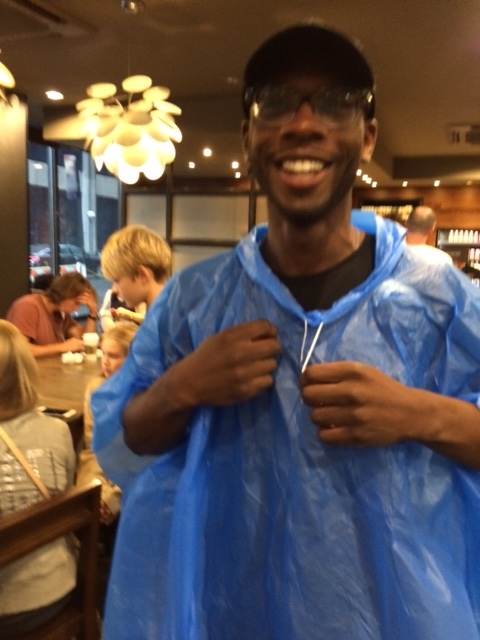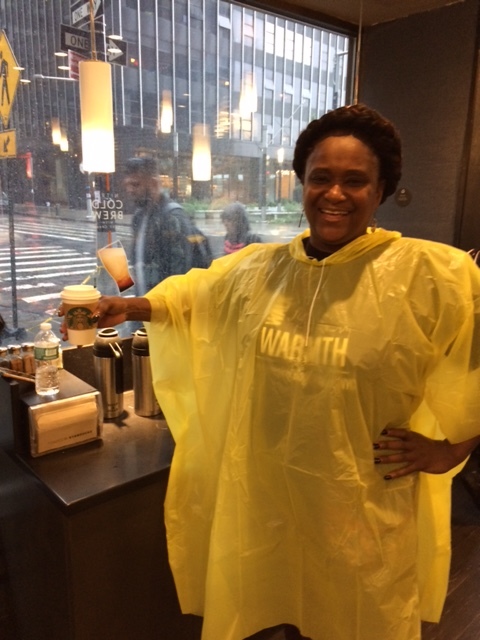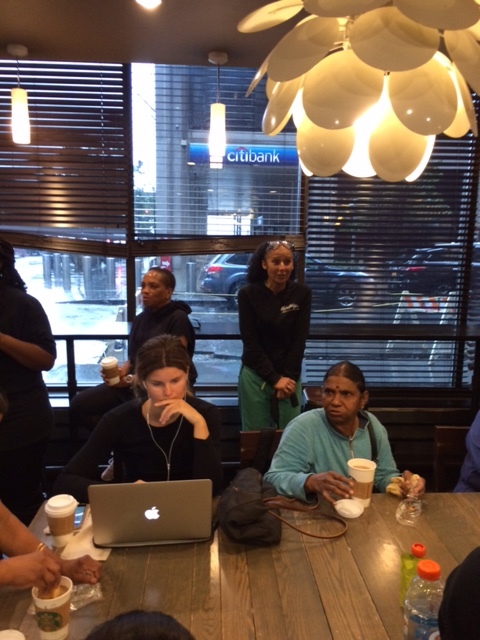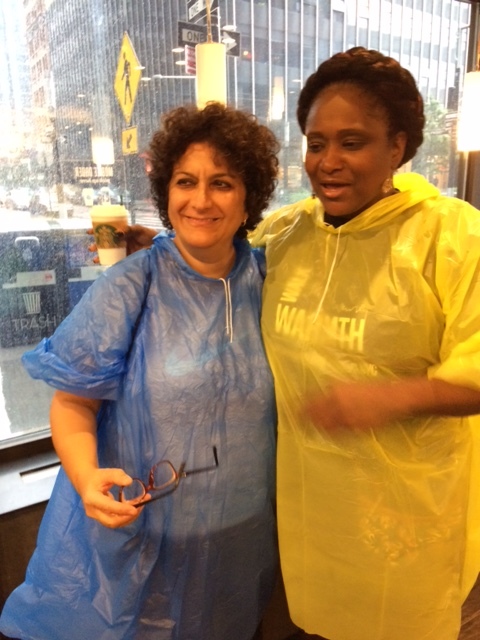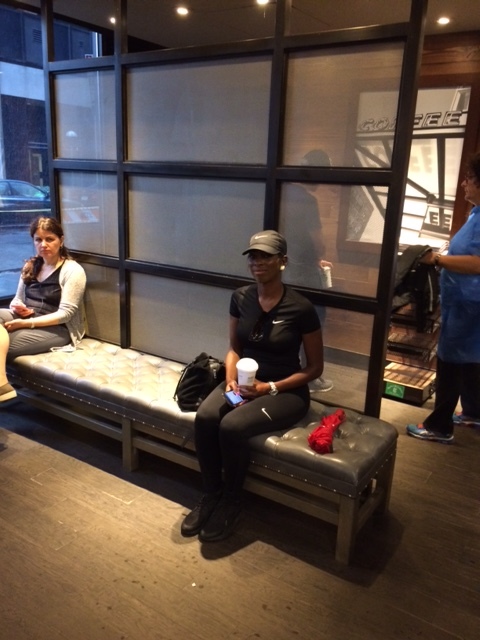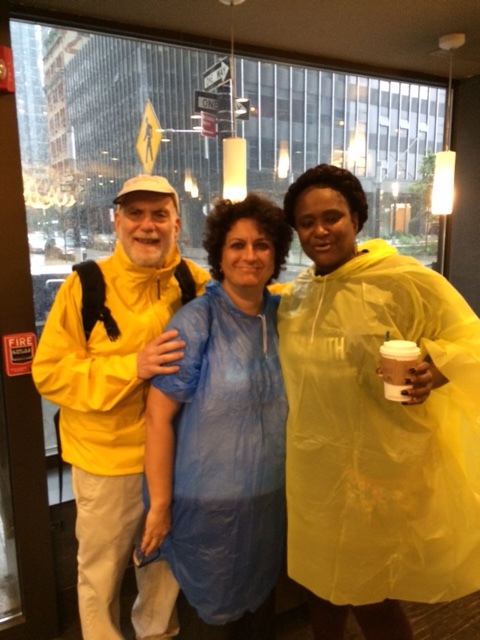Spotlight: Homelessness in NYC reaches record high as economy rebounds
Source: Xinhua| 2018-11-22 05:05:12|Editor: yan
NEW YORK, Nov. 21 (Xinhua) -- Winter is officially in town, with the first snow last week and possibly the coldest Thanksgiving in a century freezing most of the U.S. East Coast. For tens of thousands of homeless New Yorkers, another months-long survival challenge has begun.
Homelessness is nothing new to New York, the largest city in the United States with a population of 8.6 million. People in rags can be spotted lying or begging in nearly every major street, subway station or public square, making newcomers wonder whether the city matches its glitz and glam described in movies and travel guides.
According to the latest statistics from the Coalition for the Homeless, the nation's oldest organization serving the homeless, such population has reached its highest level since the Great Depression. From shelters to the streets, nearly 70,000 people could hardly find a home in one of the richest cities in the world.
WORSENING SITUATION
Despite a strong economy and record-low unemployment in decades, there are around 63,000 New Yorkers living in the municipal shelter system every night, signaling a 77 percent hike from that 10 years ago. Nearly three quarters of them are families with children.
They do not include the people on the street. According to Urban Pathways, a nonprofit organization serving homeless adults in New York since 1975, more than 3,800 people are sleeping outdoors across the city's five boroughs.
The street homeless, in most cases, are not eligible for shelters or unwilling to move in. Many of them suffer from chronic diseases, severe disabilities, mental illness or substance abuse.
Some factors contributed to homelessness, including eviction, domestic violence, and job loss, according to the researches by homeless-serving organizations. Many pointed out that homeless issue here is ultimately a housing problem.
New York City has been home to both the richest and poorest of the country -- with the top 1 percent earning 40 percent of the city's income and 1 in 5 New Yorkers rated as poor. However, it's the rich who decide how the cost of living would go, including housing and rental prices.
According to a 2017 study by the real estate website Zillow, nearly 3,000 more people would fall into homelessness with 5 percent of rent increase on average.
"It's the disconnection between what people have as resources and what it costs to live here (which leads to the homelessness)," said Frederick Shack, CEO of the Urban Pathways. "If we don't solve that problem, we're going to continue to have substantial numbers of people living in shelter," he added.
JOINT EFFORTS IN NEED
When Bill de Blasio took office as the mayor of New York in 2014, he was determined to tackle the unprecedented homeless crisis by preventing evictions, reinstalling a rental subsidy program, and promising to allocate 15,000 units of affordable housing to the homeless households. In a report titled "Turning the Tide on Homelessness" published in 2017, the mayor again announced a plan to reduce the number of homeless people to about 57,500 in five years.
Plans hardly catch up with the reality as the city gets more expensive everyday. The number of people in the shelter system has actually increased by 23 percent over the past four years.
"His commitment still doesn't match the need," said Shack, but he didn't blame de Blasio for that because the mayor has demonstrated huge progress compared with his predecessors by recognizing the problem. "I'm not going to be overly critical. I'm going to keep pushing him to do more, but I'm also going to acknowledge what he's already done," said the CEO.
In Shack's view, putting the homeless into supportive housing doesn't cost that much as most people imagine. When a homeless individual encounters health emergency or violates social order, the cost of public resources, such as emergency facilities, police force, and even jail, is not cheap at all.
"The cost associated with maintaining a person on the street can be upwards to 20,000 to 24,000 dollars a year. The cost of taking that same person into a supportive housing program, maybe slightly more, maybe 1,500 dollars more than it would cost on the street," he explained. "But I think it's a much better investment of public resources."
The long-term goal of Urban Pathways is moving the street homeless indoors. Staff would go out in pairs and reach out to the homeless, persuading them into the organization's over 500 self-developed housing units located across the city, where individuals could live in a shared or private room.
In this way, they don't have to obey certain rules and curfews, or regularly talk to a case manager as in the shelters. The only requirement for them is not being involved in major crimes. The organization will also help the homeless get their deserved Supplemental Security Income and other benefits.
For Shack's staff, being rejected is an everyday situation. But they would not give up. Instead, they try to invite the homeless into their drop-in centers, giving them food and offering places for a shower. Shack believes that keeping a relationship with the homeless and meeting their needs will bring them closer to getting to a point where they would consider moving indoors eventually.
Still, Shack believes that the governments at all levels are indispensable in tackling the chronic issue, as social organizations are often challenged with a shortage of funding.
"The state (government) can do a lot more than it does in terms of homelessness," he said. "And the 60,000 plus people that you see in the shelter system, I'd say we could resolve that within a month if the federal government were committed to providing an adequate supply of section eight vouchers that would provide people with an opportunity to access housing at the market level, and they are required to pay 30 percent of a family's income to support it."
But the federal government "has been absent basically for a number of years," he lamented.
In Shack's opinion, forging a partnership between housing providers like his organization and the government is essential to effectively address the issue. "Getting government to partner with providers and planning solutions together is something that's going to be really important," said the CEO who has worked in social services for 28 years.
"My expectation is there's collaboration. There's a social problem. You (the government) recognize a problem; We understand what some of the technologies are needed in solutions. Then we work closely with the government to craft solutions and become a partnership. I think that really works well," he added.


